Brian Blessed backs campaign for 'gorgeous' Peak District
- Published

The actor was in the Peak District to speak to the media as part of the campaign
Actor and explorer Brian Blessed has lent his weight to a campaign to preserve a "gorgeous and heavenly" part of the Peak District - The Monsal Trail.
South Yorkshire-born Blessed spent his youth exploring the region, describing it "as his jungle" and is helping the national park - which has lost more than a third of its funding - in its first major fundraising campaign.
"We all need the wilderness ... it's incredibly important - it wakes us up, it opens up the brain, heart and soul," said the actor, who has attempted to scale Mount Everest three times.
"I'm here to protect all that, it's our birthright."
Brian Blessed praises the Peak District and tests the acoustics of a former railway tunnel
But, how did the Monsal Trail - originally built as a Victorian rail route - go from being a divisive eyesore to a much-loved visitor attraction?
In the mid-19th Century, Victorian Britain was at the peak of a rail-building bonanza, fuelled by competing private companies.
Midland Rail, which had a large network centred around Derby, wanted a direct line from London to the industrial north west and it wasn't going to let hills get in its way.
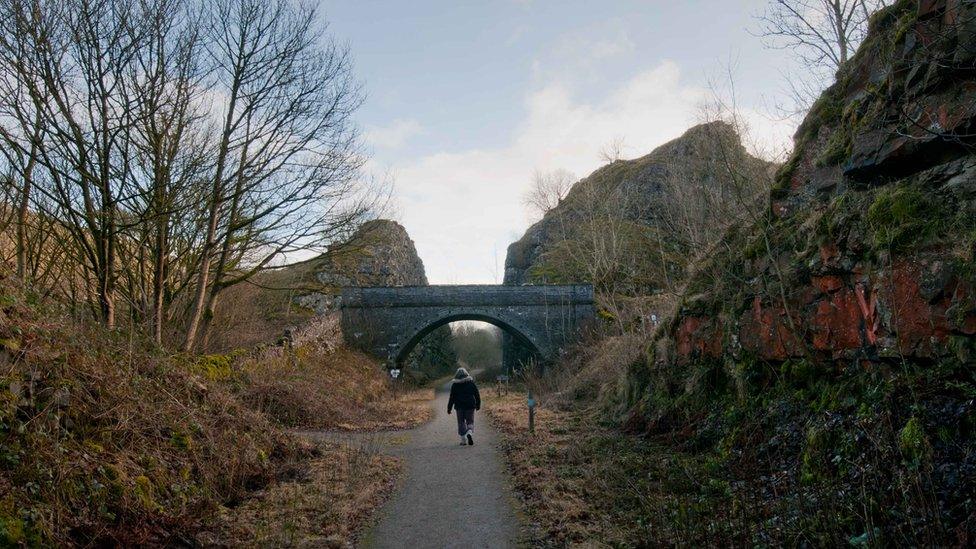
It smashed its way through, carving deep cuts and building six tunnels under tonnes of limestone, eventually opening its route from Bakewell to Buxton in 1863.
One of the tunnels was constructed so the railway did not spoil the Duke of Rutland's view from Haddon Hall.
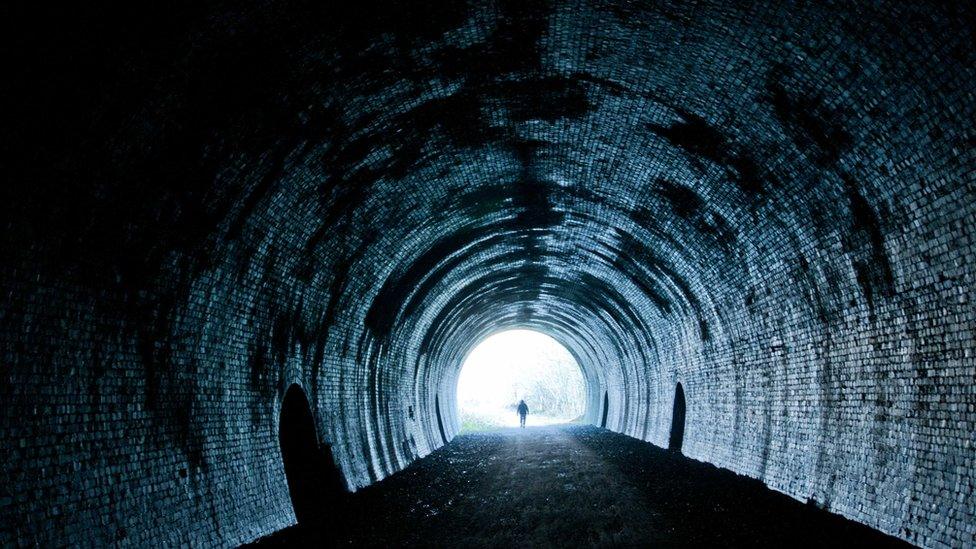
The route was later connected to Manchester after a deal was struck with a rival firm, which had a line from Buxton in the opposite direction.
For 100 years, trains carried passengers to the towns and villages of White Peak, while freight was taken to and from the factories and mills.
Like many modern industrial developments, the route - which includes the picturesque Headstone Viaduct, at Monsal Head - was not always considered a good thing.
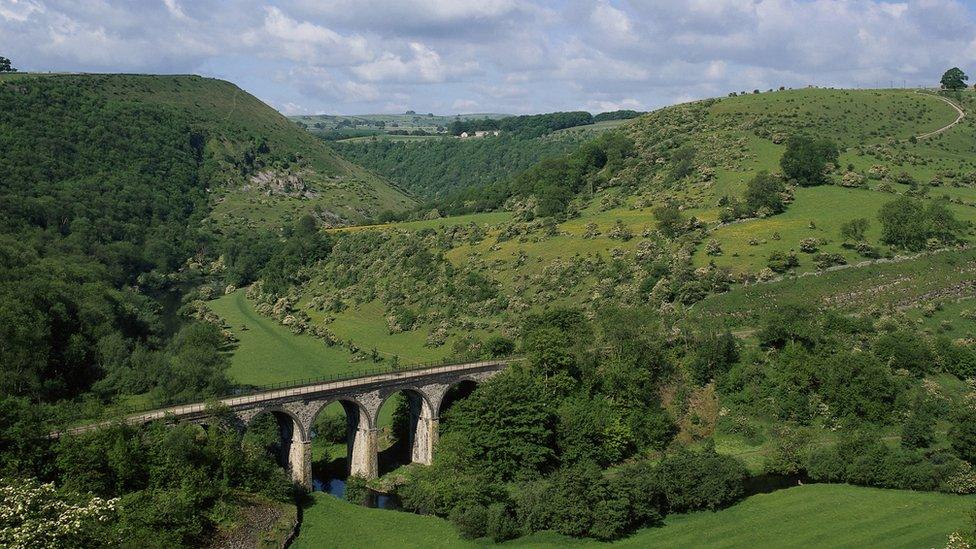
At the time, critic and writer John Ruskin said: "The valley is gone - and now every fool in Buxton can be in Bakewell in half an hour and every fool at Bakewell in Buxton."
Now, it attracts thousands of visitors a year to walk, cycle or just enjoy the view of the Victorian structures.
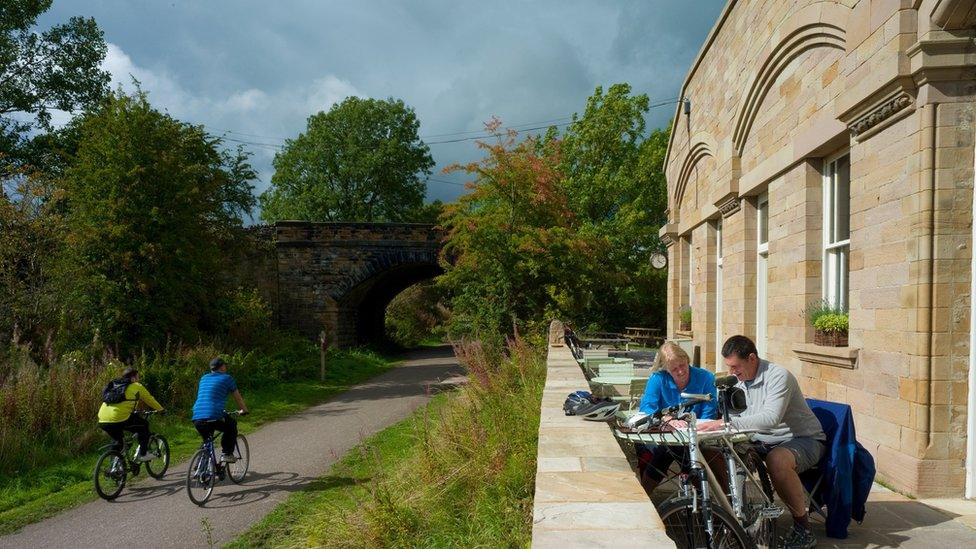
It was purchased by the national park, along with three others, after the route was closed as part of the swingeing cuts to the railways in the 1960s.
The authority converted it into a path suitable for walkers, wheelchair users and cyclists but for many years four impressive tunnels remained sealed off, opened only for the occasional guided tour.
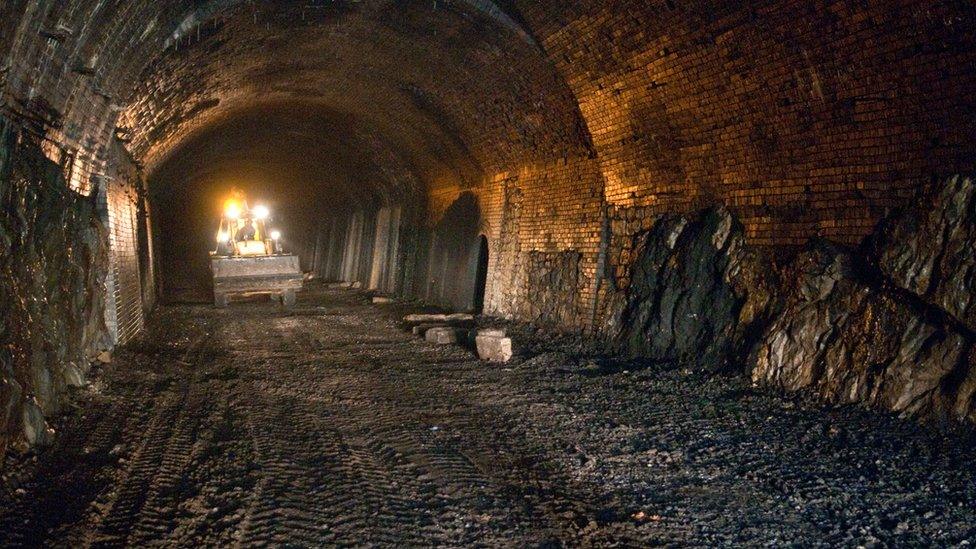
In 2011, after two years of work and a grant of £2.5m, they were reopened and the whole route is now accessible.
There are still dim hopes the line will be reopened to rail, but a study in 2004, external concluded the estimated £100m cost of the project was too high.
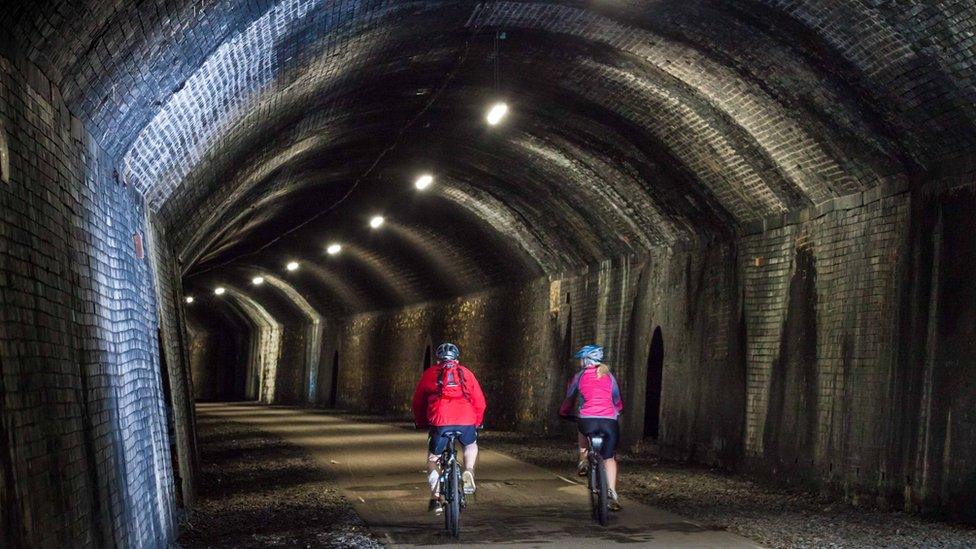
To help towards the cost of all 34 miles of trails - including former rail lines Tissington, High Peak and Thornhill - the Peak District National Park Authority is holding its first major fundraising campaign, with a family walk on 20 August.
- Published23 January 2016

- Published6 January 2016
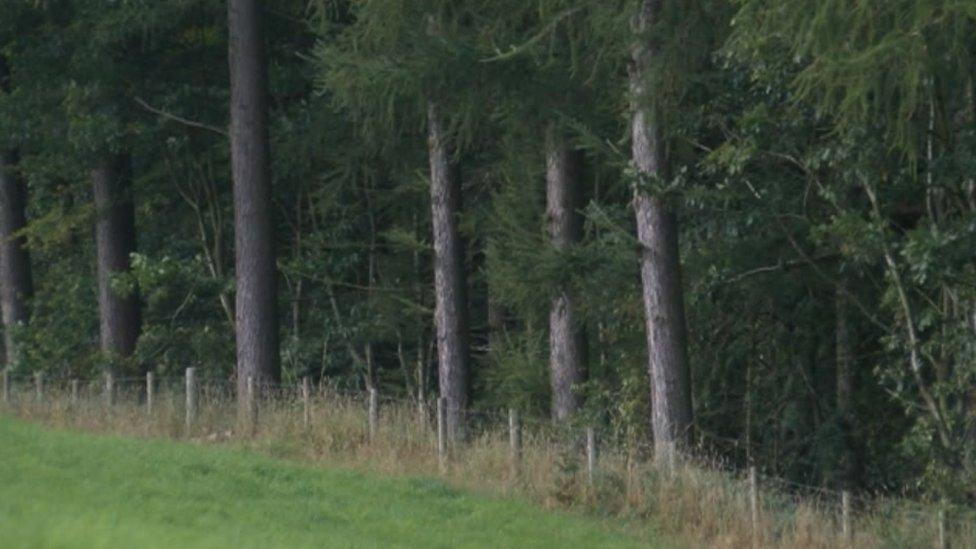
- Published6 November 2014
